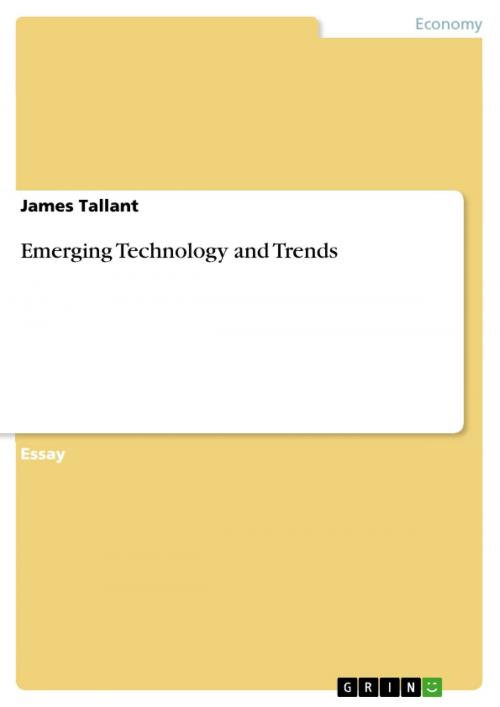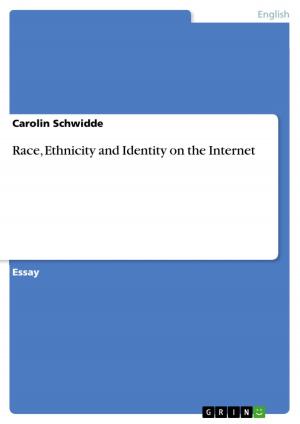Emerging Technology and Trends
Business & Finance, Management & Leadership, Production & Operations Management| Author: | James Tallant | ISBN: | 9783640837977 |
| Publisher: | GRIN Publishing | Publication: | February 21, 2011 |
| Imprint: | GRIN Publishing | Language: | English |
| Author: | James Tallant |
| ISBN: | 9783640837977 |
| Publisher: | GRIN Publishing |
| Publication: | February 21, 2011 |
| Imprint: | GRIN Publishing |
| Language: | English |
Essay from the year 2010 in the subject Business economics - Supply, Production, Logistics, grade: 92.00, University of Phoenix, course: BIS 375 Supply Chain Management Online, language: English, abstract: Emerging Technology and Trends Technology enabled business trends are reshaping E-Business and supply chain management strategies. Leading the way are 'emerging Internet technologies, increased computing power of computers, and fast, persuasive digital communications that are creating new ways to manage talent and assets as well as new thinking about organizational structures' (Baghin, Chui & Manyika, 2010, p. 1, para. 1). Merging technologies affecting E-Business and supply chain management can be broadly separated into three categories: Radio Frequency Identification (RFID) and bar coding, Enterprise Resource Planning (ERP) integration, and Internet Technologies. In this paper, I will address each category and the benefits each provides to organizations in the form of improved processes and a reduction in expenses or cost.
Essay from the year 2010 in the subject Business economics - Supply, Production, Logistics, grade: 92.00, University of Phoenix, course: BIS 375 Supply Chain Management Online, language: English, abstract: Emerging Technology and Trends Technology enabled business trends are reshaping E-Business and supply chain management strategies. Leading the way are 'emerging Internet technologies, increased computing power of computers, and fast, persuasive digital communications that are creating new ways to manage talent and assets as well as new thinking about organizational structures' (Baghin, Chui & Manyika, 2010, p. 1, para. 1). Merging technologies affecting E-Business and supply chain management can be broadly separated into three categories: Radio Frequency Identification (RFID) and bar coding, Enterprise Resource Planning (ERP) integration, and Internet Technologies. In this paper, I will address each category and the benefits each provides to organizations in the form of improved processes and a reduction in expenses or cost.















